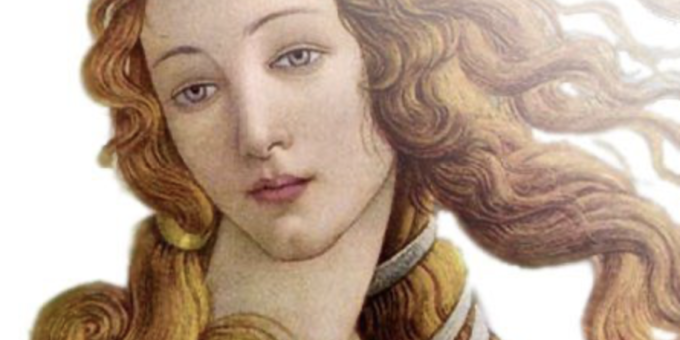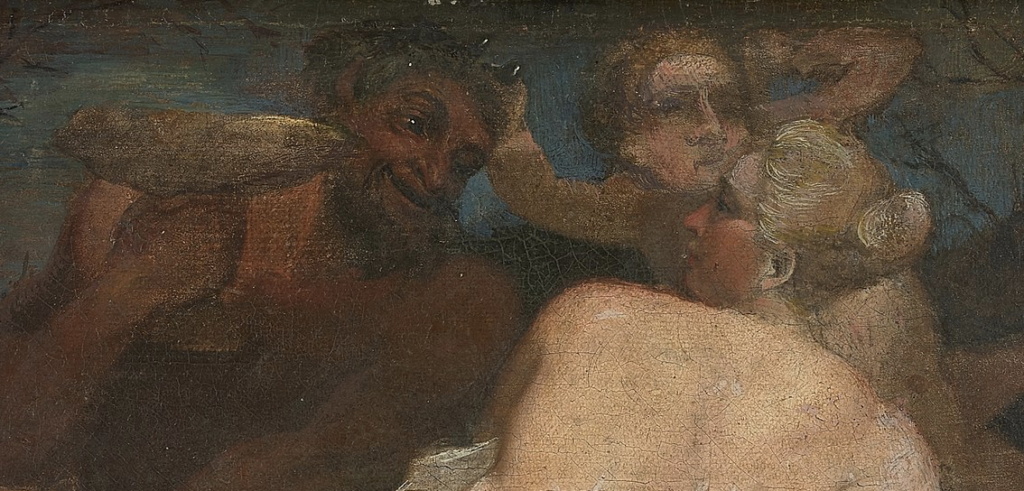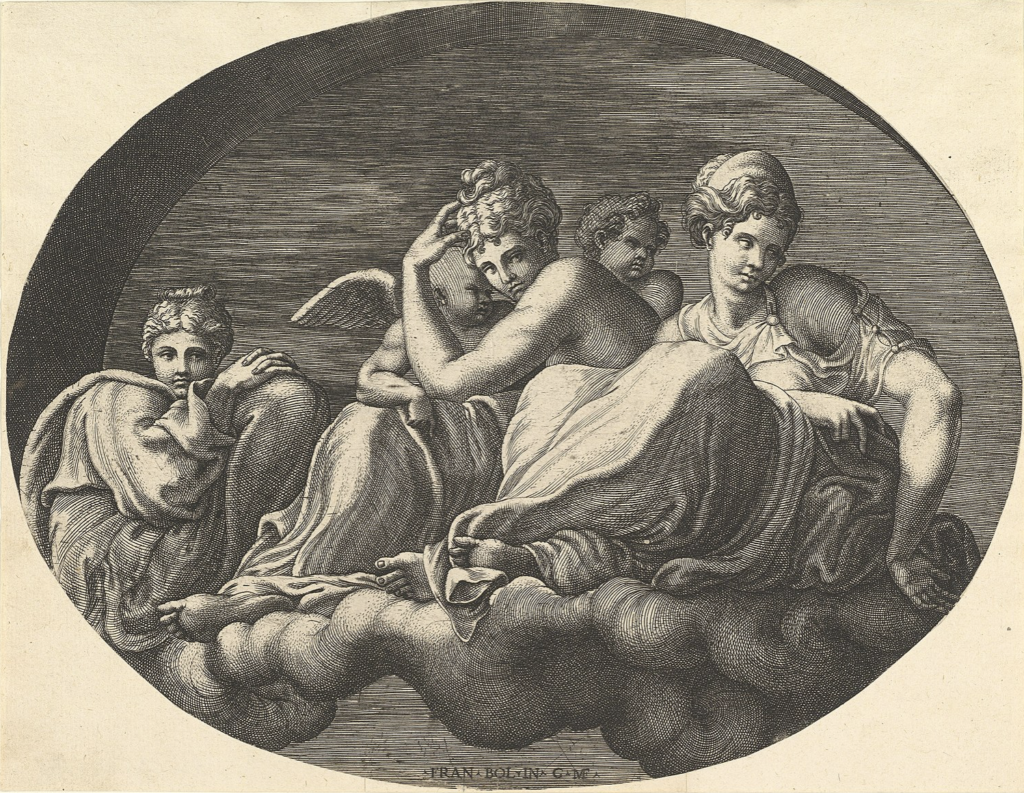
There’s no one quite like Venus when it comes to matters of love and attraction. She’s the Roman goddess of love and beauty, and her name has been synonymous with sex and desire for centuries. But what does Venus have to do with romance, and where does she come from?
Venus was originally an ancient goddess from the Greco-Roman pantheon. She was the daughter of Jupiter and was associated with all things beautiful and desirable. In fact, her name is derived from the Latin word “venus,” which means “love.”
For the Romans, Venus was the goddess of both love and sex. She was often invoked to help couples find love, and her temples were popular destinations for honeymoons. She was also the patron goddess of prostitution, and many of Rome’s most famous courtesans and prostitutes claimed her as their patron.
In modern times, Venus is still associated with love and sex. She’s the symbol of the perfect woman, and her name is often used to describe someone beautiful and alluring. She’s also the namesake of the planet Venus, which is often associated with love and romance.

What Venus Looked Like
There are many different depictions of the goddess Venus, but she is most often shown as a beautiful woman with long, flowing hair. She may be wearing a gown or a flowing robe, and she may be holding a mirror or a scepter.
Symbolism
She is often depicted as a beautiful woman, and her symbols include the rose and the apple. Her name comes from the Latin word venus, which means “love.”
However, Patricia Monaghan (The Book of Goddesses and Heroines) paints a slightly different and far more ancient picture of Venus:
“Although it is now impossible to distinguish Venus from Aphrodite, the Roman goddess was originally a spirit of charm and beauty, goddess of wild strawberries and herbs, of pine cones and cypress trees, served by virgin [unmarried] priests and priestesses. Wherever a large stone rested near a tall tree, there was Venus’s sanctuary; there her altar could be erected for bloodless sacrifices.”

In Art
The goddess Venus has been depicted in art in many different ways over the centuries. She has been shown as a beautiful young woman, a voluptuous nude, and even a pregnant woman. One of the most famous depictions of Venus is the painting by Sandro Botticelli called The Birth of Venus. In this painting, Venus emerges from the sea, naked and attended by two nymphs.
In Literature
Venus has been a popular figure in literature for centuries. She has been depicted as a loving and compassionate goddess and a vengeful and destructive one. Some of the most famous literary works that feature Venus are the Divine Comedy by Dante Alighieri, the Iliad by Homer, and the Metamorphoses by Ovid.
Dante Alighieri’s Divine Comedy features Venus as one of the nine circles of Hell. In this work, she is known as the “Queen of Lust” and is responsible for tempting mortals with her charms.
Homer’s Iliad features Venus as a significant character. In this work, she is the mother of Aeneas, one of the main characters. Aeneas is a Trojan hero fighting against the Greeks in the Trojan War.
Ovid’s Metamorphoses is a collection of myths and legends that feature Venus as a central character. She is often portrayed as a powerful and influential goddess in this work.
Venusia
Her cult was prevalent in the cities of Rome, Pompeii, and Ostia. Her festival, the Venusia, was celebrated on August 27.

